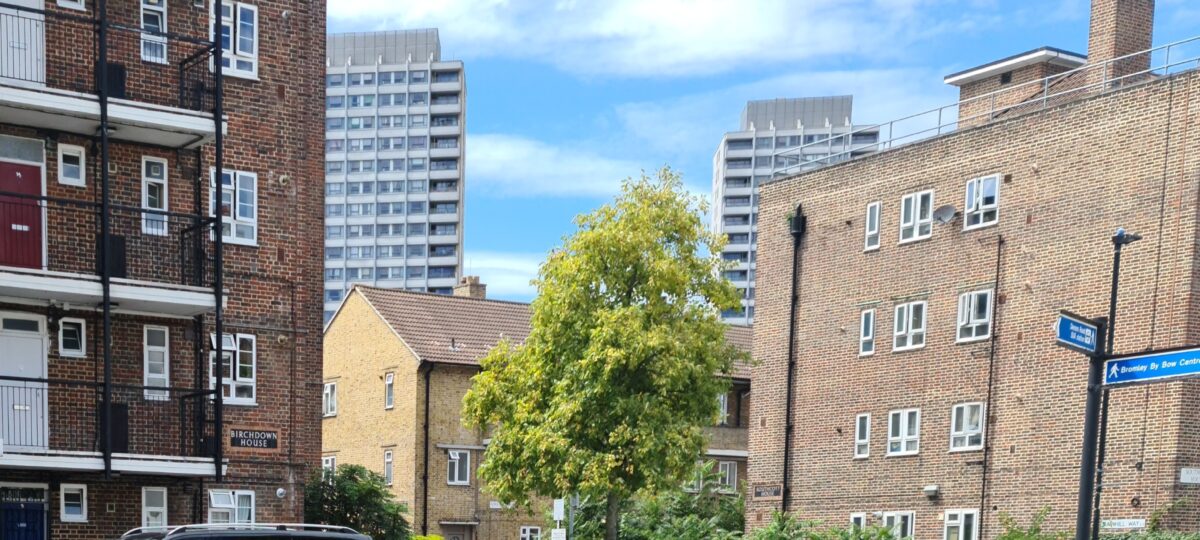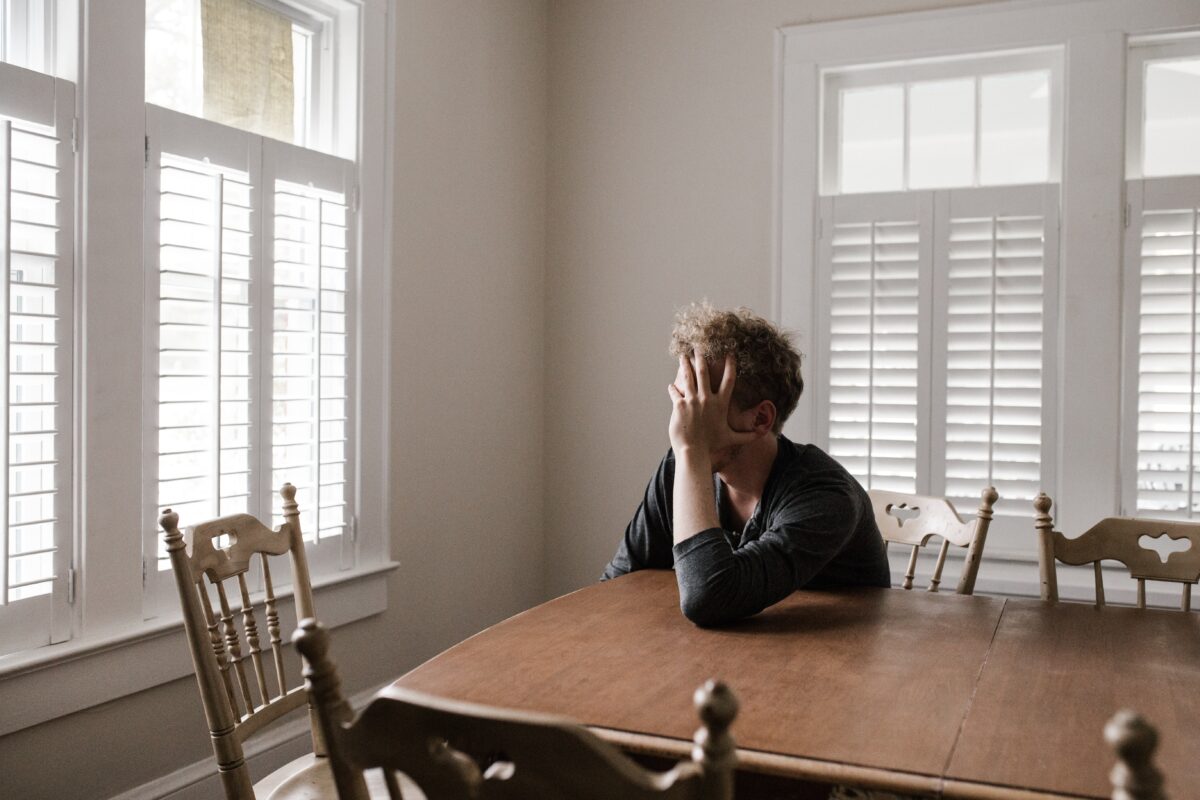The four nations of the UK have some of the most generous legal entitlements for people facing homelessness. The legacy of Cathy Come Home is the Housing (Homeless Persons) Act of 1977. Since then more than four million households have been helped into alternative housing because they qualify for this almost unique addition to a western welfare state.
Over the years, this settlement has been changed and expanded. Devolved government in Scotland and Wales has charged progress with the former abolishing the idea of non-priority homelessness between 2003 and 2012, and the latter legislating for homelessness prevention in 2014. The landmark Homelessness Reduction Act (2017) introduced prevention formally into law in a similar way in England.
This seemingly progressive settlement hides a multitude of sins. Under the surface it is largely a battleground between homeless ‘applicants’, and local councils who are charged with using the legalistic framework as a rationing tool for scarce housing stock and social support.
Should you find yourself homeless in 21st century Britain here is your challenge:
Are you someone with the right immigration status? Living and working in the UK for years, paying taxes for decades even, is not a guarantee, especially if the state tells you that you have ‘no recourse to public funds’.
Are you at fault for your own homelessness? This bizarre concept of ‘intentionality’ exists to stop the mythical scrounging masses from claiming falsely, but if for example you have rent arears, as thousands do through no fault of their own, then bad luck.
Are you from the local council area you are applying to? Do you have uninterrupted proof over a period of years? If not, you’re out.
Are you in one of the stated ‘priority need’ groups? This one has been seen off in Scotland, but everywhere else you have to have dependent children or qualify under one of the other limited descriptions. If your situation isn’t on the list, then your last shot at this one is appealing to the council to deem you in some way ‘vulnerable’.
Let’s say you haven’t fallen foul of one or more of these – and here is the real kicker – what if the council has nowhere to offer you anyway?!
The system is quixotic. Cash and housing strapped councils are spending their time fighting off legal challenges that their decisions were unlawful. People are sent hundreds of miles to live in squalor because local social housing has been converted or sold, or because the private rental market is too expensive. Private consultants scurry about the system, offering new innovations in gatekeeping it from applicants to grateful housing officers.
The pandemic has brought this murky system into the light. When Louise Casey sent her now famous ‘Everyone In’ email to English councils at the end of March, she basically told them to forget the last 43 years of litigious argument. The instruction on a Wednesday evening to get everyone off the street by the weekend was an instruction to do the right thing and ignore the rules. And in Scotland and Wales, the pandemic responses went even further, with councils given more generous funding settlements and directives from ministers about the public health emergency.
These efforts have been the exception that proves an important rule – that if you offer legal routes out of homelessness for some, you make it inevitable for others.
For a few weeks the numbers on the street went dramatically down, and gave the public a glimpse of a future without rough sleeping. Politicians have seen that decisive intervention can have dramatic and positive results. And as an unnamed Conservative politician said in the Times last week: ‘My worry is that we’ve shown it is possible to get everyone off the streets during the Covid crisis so if homelessness goes up now people will know it’s as a consequence of government’s actions.’
So, what now? How should we build on the extraordinary efforts of the last six months? And how do we apply the short-term successes of reductions in rough sleeping to the wider homelessness response?
Our first principle should be to move from incomplete legal entitlements, to a universal model of guarantee that anyone facing homelessness is helped to avoid or quickly resolve it. The current model is cruel in its legally sanctioned denial of help to thousands every year. But it also labels people. You are ‘the homeless’, you should be grateful for what you get, and if you get nothing, soon the labels keep coming: single homeless, entrenched, complex, service-resistant, etc.
Let’s abolish the legal tests that create and sustain homelessness.
Second, the Everyone In initiative was a fleeting glimpse of assertive state action on homelessness in England. Louise Casey has come and now gone again, officially moving on in late July, leaving the UK government rudderless once again. Devolving the problem to the myriad responses of each local council is fundamentally flawed and we know all too well what that leads to – with every measure of homelessness in England going up in the last ‘decade of disaster’, under the cloak of decentralised but declining resources.
Governments in Scotland and Wales have recently begun an overhaul of their homelessness systems. This rediscovery of assertiveness and vision is desperately needed in England too, and a blueprint is written in the Crisis plan for ending homelessness. There are solutions ready and waiting, from scaling up Housing First, to the case for social housing at scale, PRS reform, etc. And the good news is that financially these reforms easily pay for themselves over a 10-year period.
The current government target of ending rough sleeping by the end of the parliament is the first of its kind. Rough sleeping is of course the most damaging for of homelessness. But in order to reach this goal, we need a consensus across all political parties on wider basis.
Since 1977 the legal system has designed in homelessness. This must be reversed, and replaced with a universal guarantee of housing support, and then backed by an assertive government strategy to make homelessness in all its guises a thing of the past.







